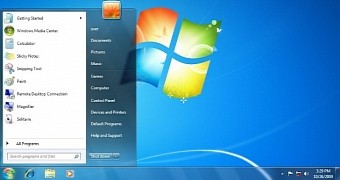Windows 7 computers that aren’t running compatible antivirus software no longer receive security updates from Microsoft due to a compatibility issue that’s believed to be causing BSODs.
This policy was originally introduced on Windows 10 with the January 2018 cumulative updates. Microsoft required Windows 10 systems to set a dedicated registry key in order to continue receiving security updates, with incompatible antivirus software blocking any patches that the company released.
According to Myce, Windows 7 systems without antivirus or with security products that aren’t considered to be compatible are also blocked from getting security updates.
Unlike Windows 10, Windows 7 does not come with built-in security production, and the software giant offers Microsoft Security Essentials free of charge to those who haven’t yet upgraded to a newer version of the operating system.
The magic registry setting
To set the registry key that Microsoft checks for when shipping new updates, you need to navigate to the following path and then create a new DWORD (32-bit) entry and name it cadca5fe-87d3-4b96-b7fb-a231484277cc with value 0:
Computer\HKEY_LOCAL_MACHINE\SOFTWARE\Microsoft\Windows\CurrentVersion\QualityCompat
As for the list of security products that might not be supported and thus prevent Windows 7 systems from receiving updates, Microsoft itself doesn’t provide any guidance in this regard.
But the industry leaders have already updated their security software to comply with the new Windows 10 policy, and the chances are that the same thing applies to Windows 7 as well, so the majority of antivirus products should technically be compatible with the 2009 operating system already.
Windows 7 will continue receiving updates until January 2020, and it’s critical for systems still running this version of the operating system to install the most recent patches as soon as possible.
Microsoft recommends customers on Windows 7 to prepare the upgrade to Windows 10 already, especially in the case of enterprises where the process is more complex and involves additional steps.

 14 DAY TRIAL //
14 DAY TRIAL //